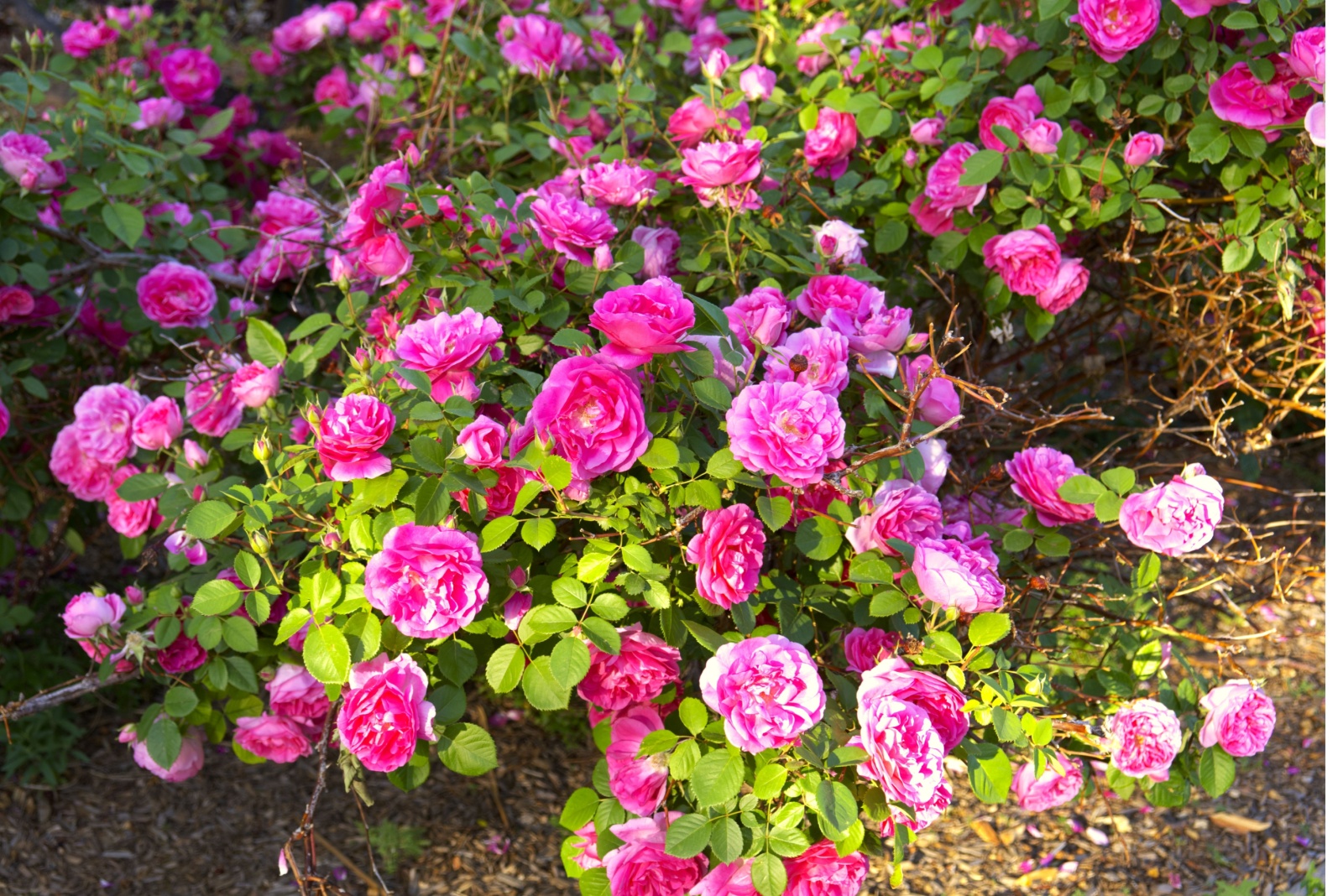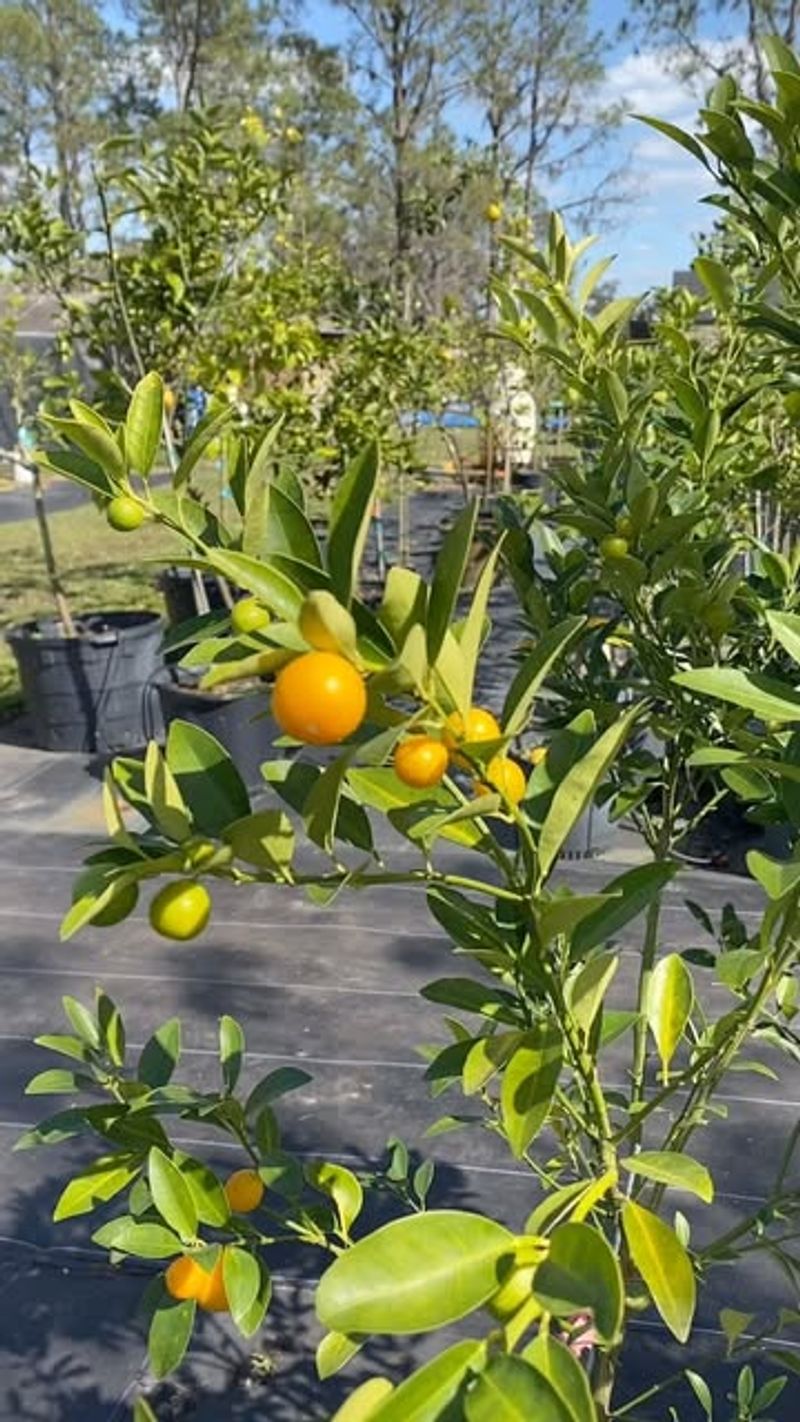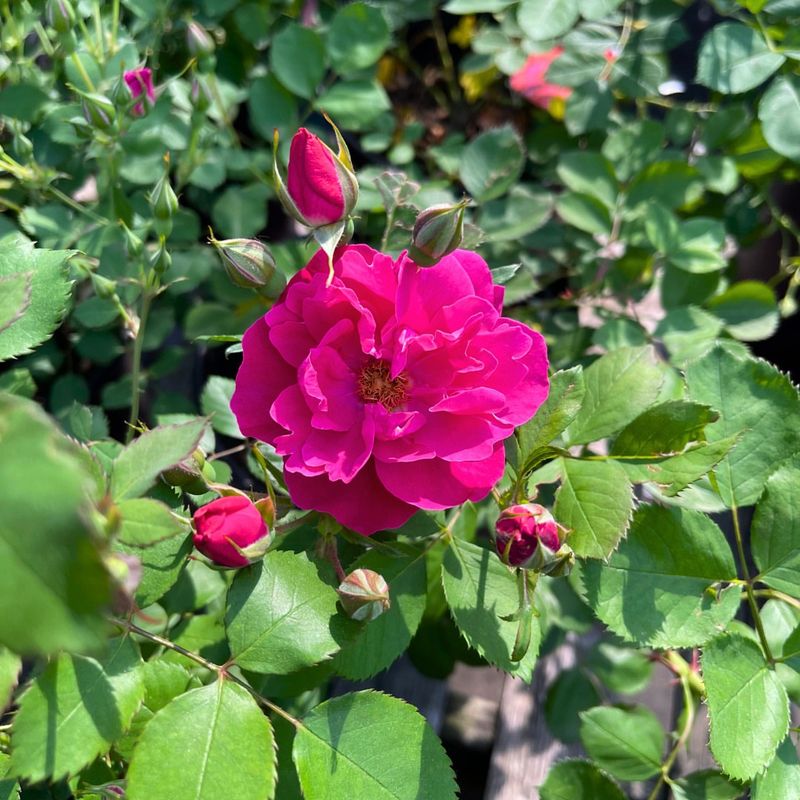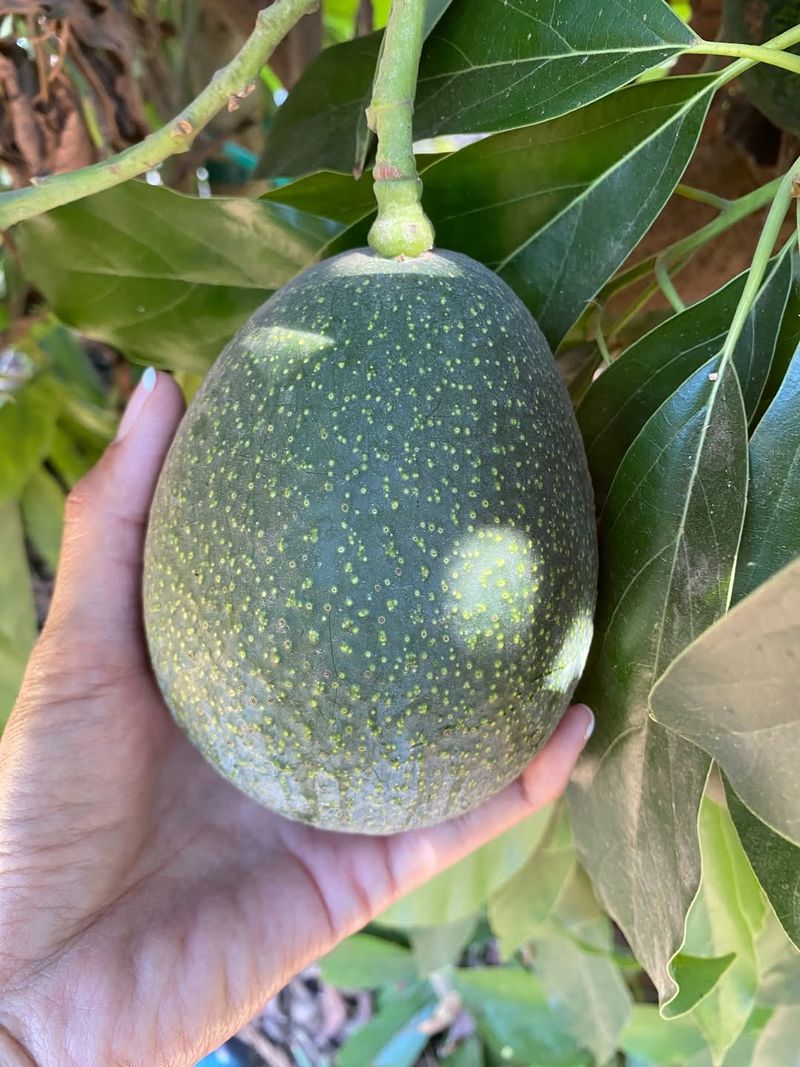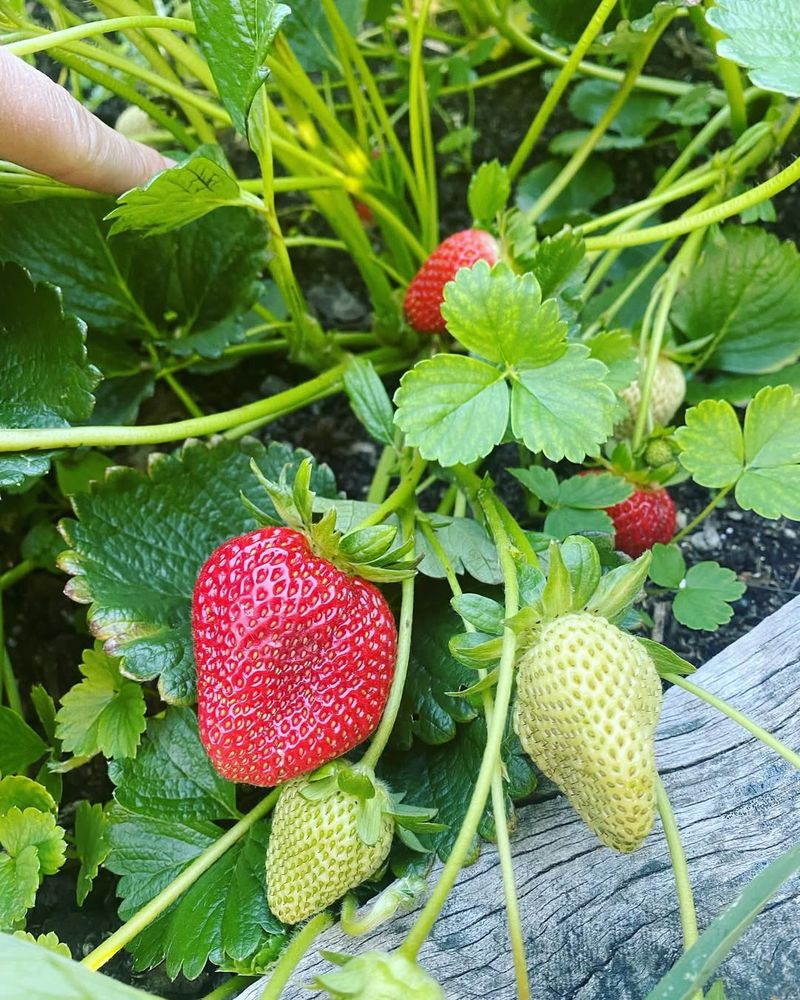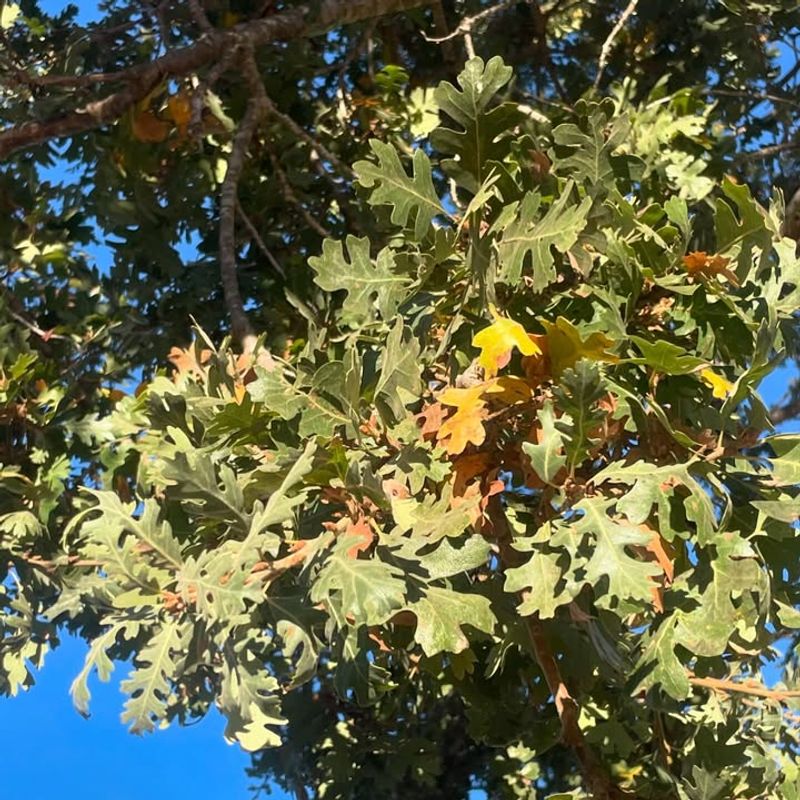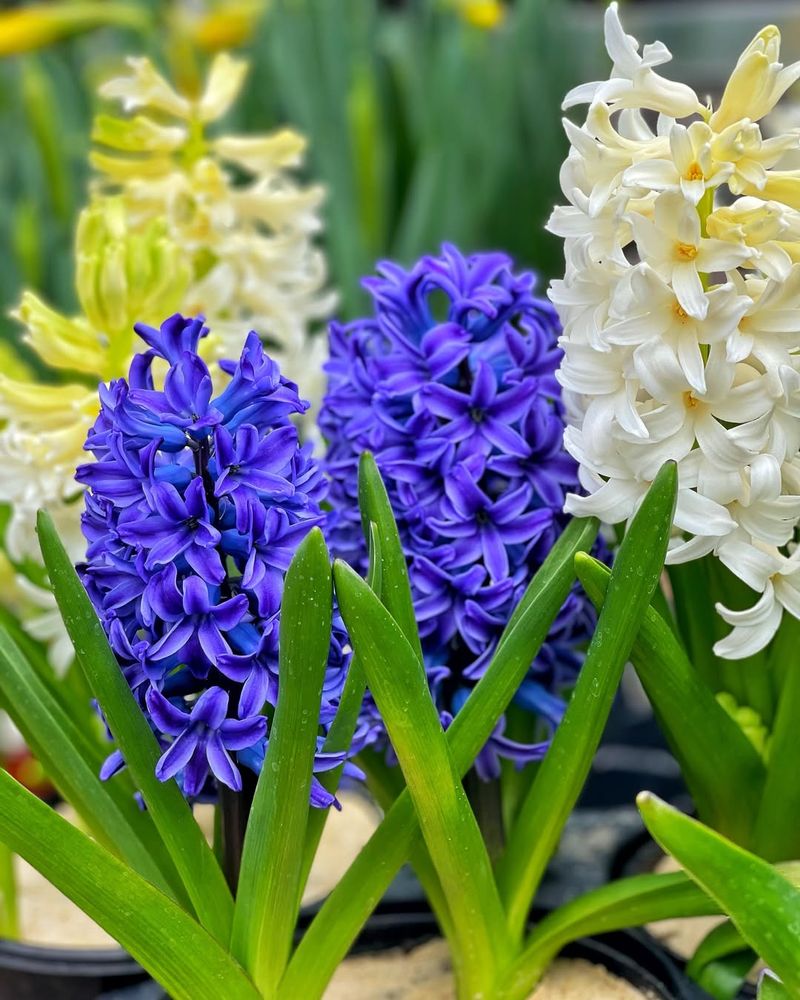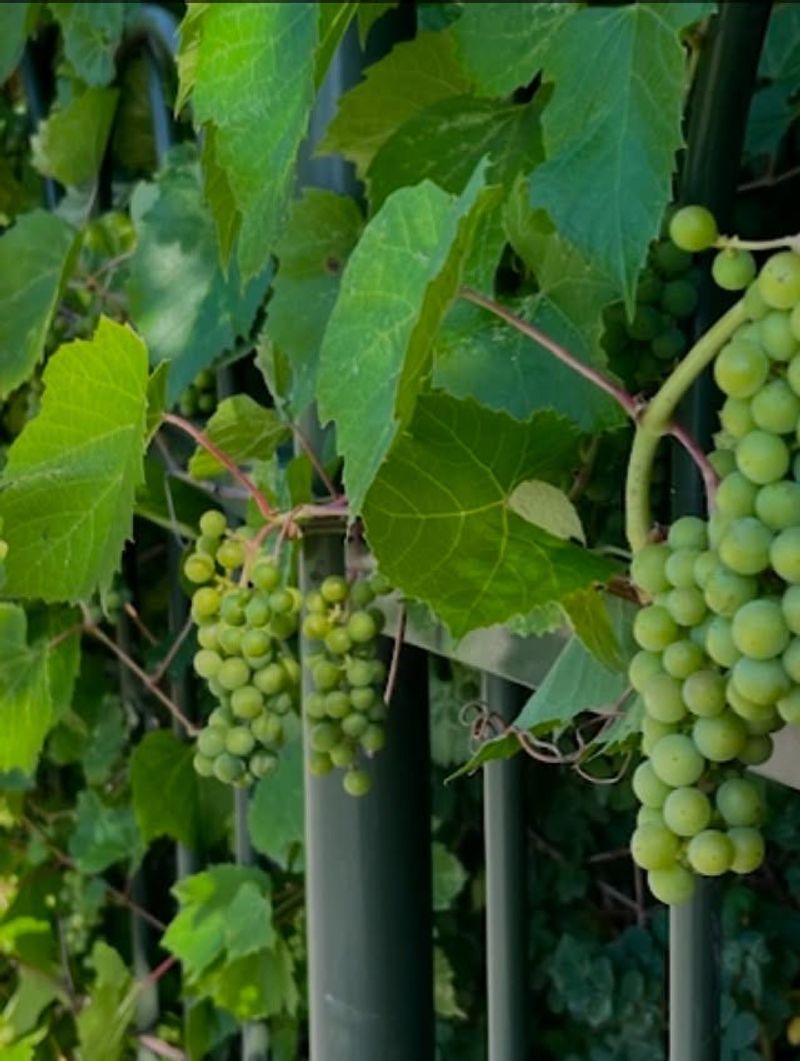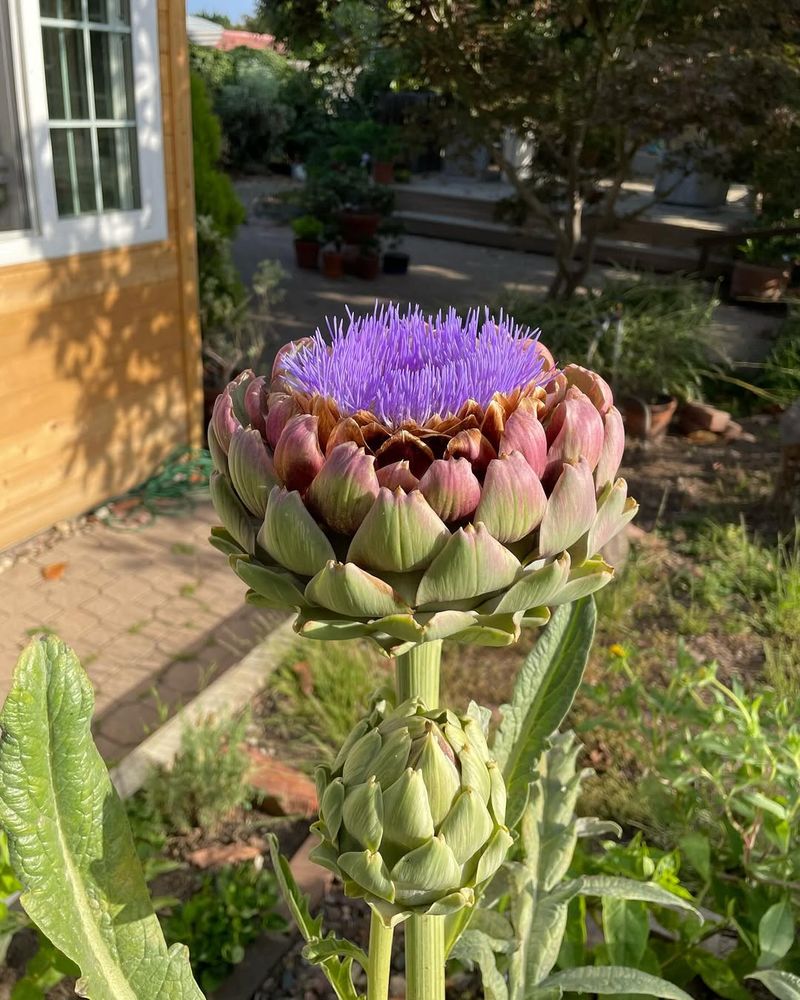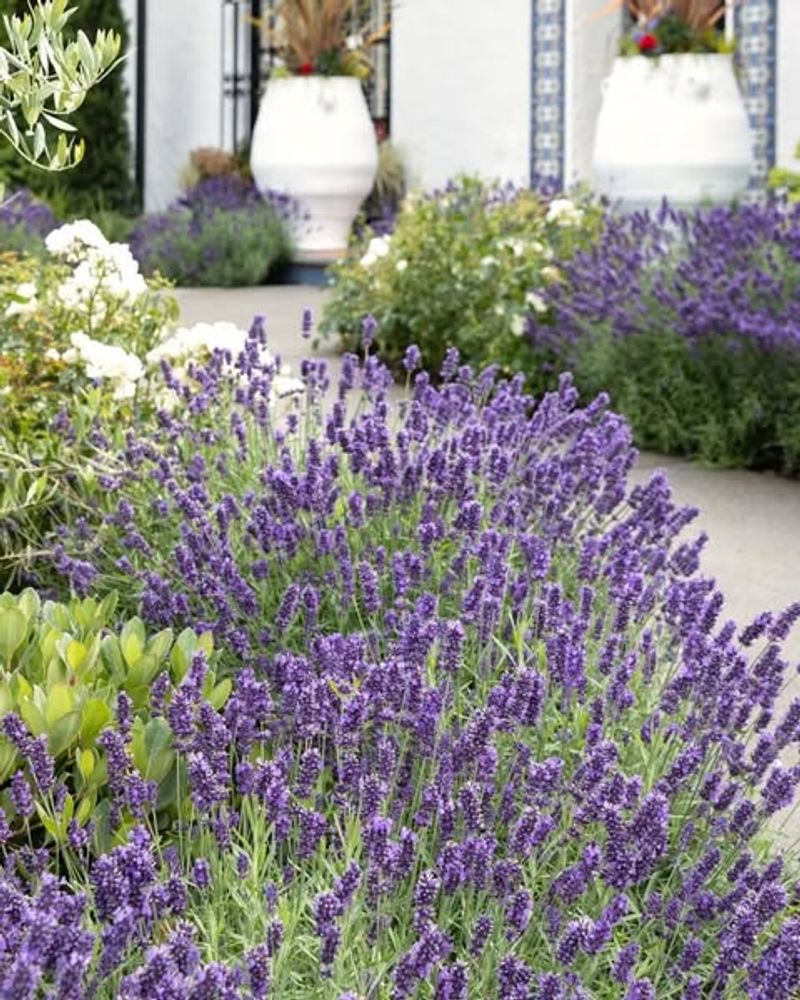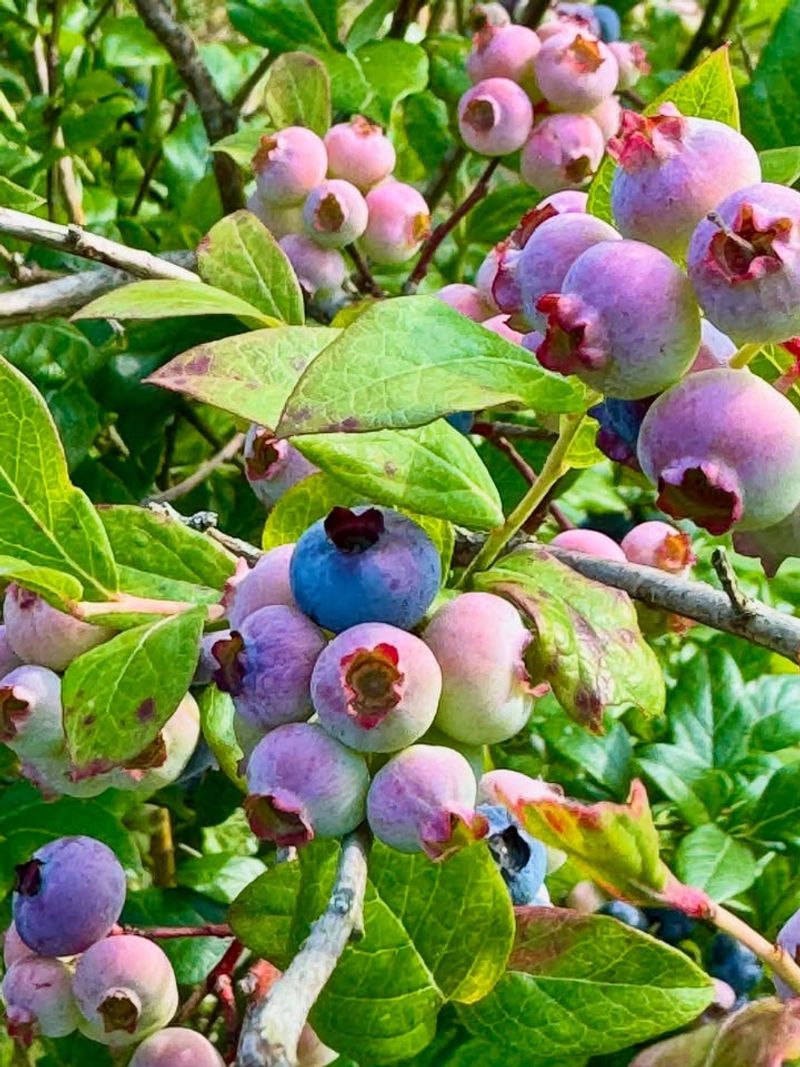Fall is a critical time for California gardeners to nourish their plants before winter arrives. The cooler temperatures create perfect conditions for root development, while the right nutrients help plants store energy for spring growth.
Giving your garden some autumn attention pays off with healthier, more vibrant plants next year.
1. Citrus Trees Need Autumn Boost
Lemons, oranges, and other citrus trees benefit from a nitrogen-rich fertilizer in early fall. Apply a specialized citrus food with micronutrients like zinc and iron around the drip line of the tree.
California’s mild winters mean citrus continues growing slowly even as temperatures drop. A proper feeding helps protect against frost damage and improves fruit production for the coming season.
2. Rose Bushes Crave Fall Feeding
October marks the perfect time to give rose bushes their final feeding before dormancy. Look for fertilizers with higher phosphorus and potassium but lower nitrogen to encourage strong roots rather than new growth.
Roses fertilized in fall develop deeper root systems that help them survive California’s occasional winter frosts. Your reward will be more abundant flowers come springtime.
3. Avocado Trees Thrive With Fall Care
California’s beloved avocado trees require special attention as temperatures cool. Apply a balanced, slow-release fertilizer in September or early October, avoiding high-nitrogen formulas that might trigger frost-susceptible new growth.
Mulching after fertilizing helps protect roots from temperature fluctuations. Many California growers notice healthier spring leaf development and better fruit set following proper fall fertilization.
4. Strawberry Patches Need Preparation
Surprising to many gardeners, fall is actually prime time to fertilize strawberry plants in California. A fertilizer higher in phosphorus and potassium helps develop stronger crowns and root systems during winter.
Apply around existing plants and newly planted runners. The nutrients absorbed now directly impact your spring harvest size. Just remember to water thoroughly after application to prevent fertilizer burn.
5. Native California Oaks Appreciate Light Feeding
Contrary to common belief, established oak trees benefit from occasional light fertilization. Fall presents the ideal opportunity with a very diluted, slow-release formula applied at the drip line, never near the trunk.
California’s native oaks have adapted to local soil conditions, so go easy! Too much fertilizer can harm these majestic trees. A single autumn application every few years supports continued health without disrupting natural growth patterns.
6. Spring Bulbs Welcome Fall Nutrients
Daffodils, tulips, and other spring-flowering bulbs should be fertilized right after planting in fall. Use a bulb-specific fertilizer high in phosphorus to encourage strong root development during winter.
For established bulb patches, scatter fertilizer over the soil surface where bulbs are growing. California’s mild winters allow continuous root growth, making fall feeding particularly effective for spectacular spring displays.
7. Grape Vines Require Post-Harvest Care
After harvest, California grape vines benefit tremendously from fall fertilization. Apply a balanced formula with equal parts nitrogen, phosphorus, and potassium around the drip line of the vine.
Fall feeding helps vines store energy in their woody parts before dormancy. Many vineyard owners notice improved bud break and stronger spring growth following proper autumn fertilization. Just avoid fertilizing after the first frost.
8. Artichokes Flourish With Fall Attention
California’s signature artichoke plants enter their growth phase during fall and winter. Apply a nitrogen-rich fertilizer in September or October to support this active growing period.
Coastal growers often notice dramatic improvements in spring harvests after fall feeding. The cool, moist conditions of California’s autumn create perfect conditions for nutrient uptake in these Mediterranean natives.
9. Lavender Fields Benefit From Light Touch
California’s lavender farms know the secret – fall is perfect for a very light feeding. Use a low-nitrogen, organic fertilizer around established plants to avoid stimulating frost-vulnerable new growth.
The Mediterranean climate of California mimics lavender’s native habitat, where nutrients are typically scarce. A gentle autumn feeding supports root development during winter. Come spring, your lavender will reward you with more abundant blooms and stronger stems.
10. Berry Bushes Store Energy For Spring
Blackberries, raspberries, and other cane berries benefit greatly from fall fertilization in California gardens. Apply a balanced, organic fertilizer after the final harvest but before the first frost.
Focus application around the drip line, not directly at the base. The nutrients absorbed now directly influence next year’s berry production. Many California gardeners report up to 30% larger harvests following proper fall feeding regimens.

